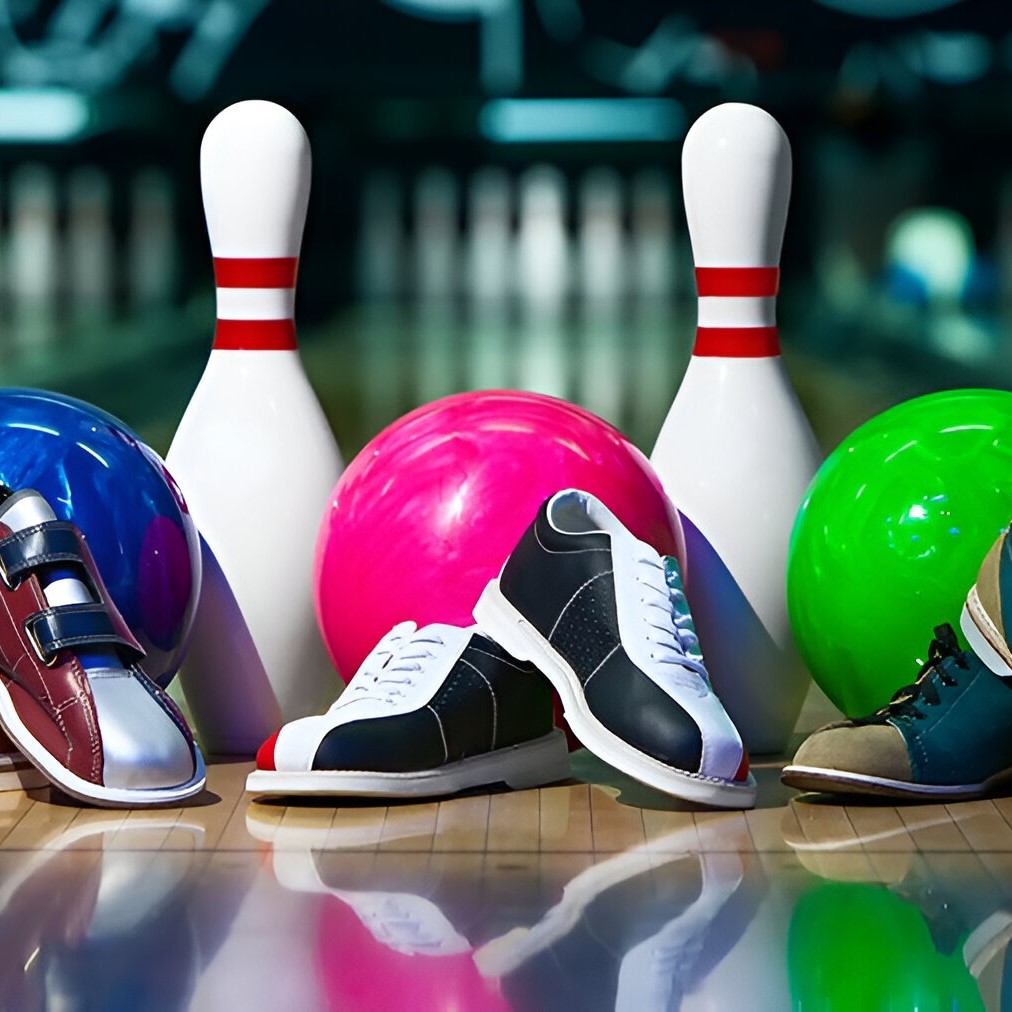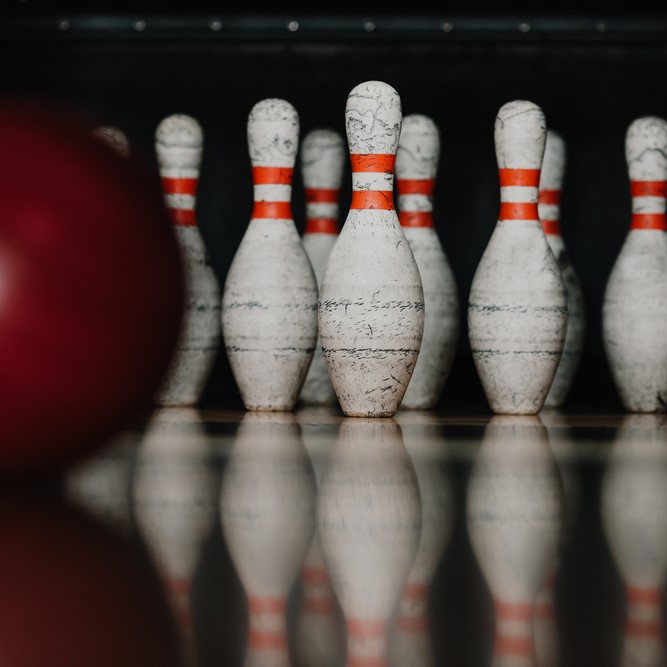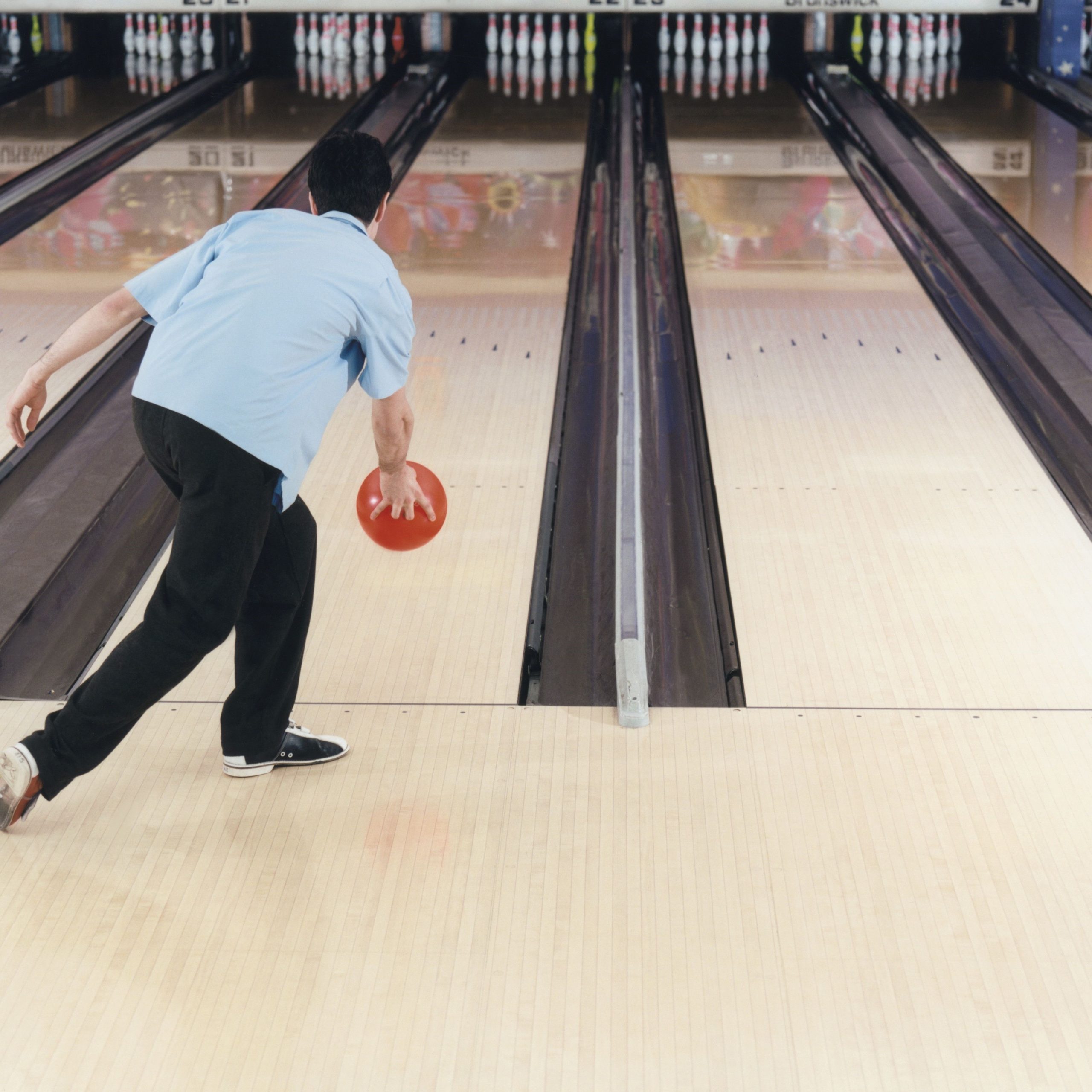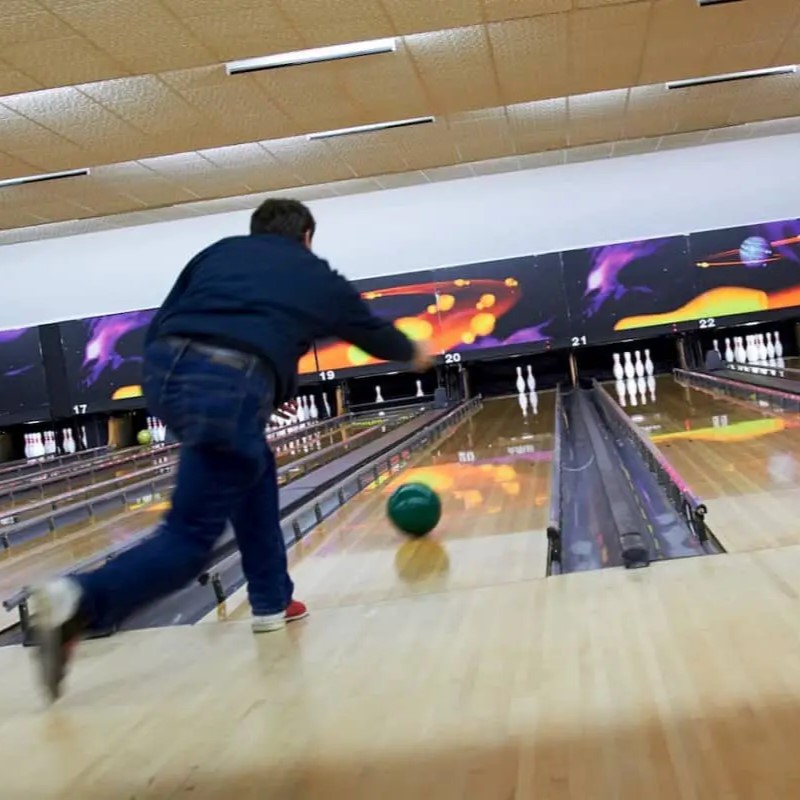Bowling has long been a popular pastime enjoyed by millions around the world. However, a recurring question arises: is bowling a sport? This debate delves into what defines a sport and whether bowling meets those criteria. In this comprehensive exploration, we will examine the various aspects of bowling, its physical and mental demands, competitive structure, and the recognition it receives globally. By the end, you’ll have a clearer understanding of whether bowling deserves its place among the recognized sports.
 Understanding What Constitutes a Sport
Understanding What Constitutes a Sport
Is bowling a sport? Before addressing whether bowling qualifies as a sport, it’s essential to define what a sport entails. Generally, a sport involves physical exertion, skill, and competition. It often requires training, strategy, and adherence to rules. Additionally, sports typically have organized competitions and governing bodies that regulate the play.
Physical Exertion and Skill
Sports usually demand a certain level of physical activity and skill. Activities range from running and jumping to precise movements and coordination. Bowling involves considerable physical skill, including hand-eye coordination, strength, and technique. Bowlers must control their movements to deliver the ball accurately and consistently.
Competition and Structure
Competitive elements are a hallmark of sports. Organized leagues, tournaments, and championships provide structured competition. Bowling boasts a robust competitive scene with local leagues, national tournaments, and international championships like the World Bowling Championships. These events highlight the competitive spirit inherent in bowling.
Training and Strategy
Like traditional sports, bowling requires training and strategic thinking. Bowlers practice regularly to refine their technique, improve their accuracy, and develop strategies to tackle different lane conditions. Understanding the oil patterns on the lanes and adjusting their approach accordingly are critical aspects of the game.
The Athletic Demands of Bowling
While bowling may not seem as physically intense as other sports, it demands significant athleticism. Let’s examine the various physical aspects involved in bowling.
Strength and Endurance
Proper bowling technique requires strength, particularly in the arms, wrists, and legs. Bowlers need to generate enough force to propel the ball down the lane while maintaining control to ensure accuracy. Additionally, endurance is necessary for bowlers who compete in lengthy tournaments, as maintaining focus and physical consistency over multiple games can be challenging.
Coordination and Balance
Bowling relies heavily on coordination and balance. Bowlers must synchronize their movements from the approach to the release of the ball. Maintaining balance throughout the motion ensures a smooth and effective delivery. This coordination is similar to other sports that require precise timing and body control.
Flexibility and Agility
Flexibility, especially in the wrists and shoulders, plays a vital role in a bowler’s performance. Agility helps bowlers adapt to different lane conditions and make quick adjustments during play. These physical attributes, while subtle, are essential for achieving high scores and consistent performance.
Mental Aspects of Bowling
Beyond physical prowess, bowling demands significant mental focus and resilience. The mental game is a crucial component that often determines success in competitive bowling.
Concentration and Focus
Maintaining concentration throughout a series of frames is vital. Bowlers must focus on their technique, the lane conditions, and their strategy for each shot. Distractions can easily disrupt a bowler’s rhythm, affecting their performance.
Strategy and Decision-Making
Bowling involves strategic thinking. Bowlers must decide on the appropriate line and speed for each shot based on the oil pattern and pin arrangement. Making these decisions quickly and accurately is essential for optimizing performance.
Handling Pressure
Competitive bowling presents pressure situations, especially during crucial shots in tournaments. Bowlers must manage their stress and perform under pressure, much like athletes in other high-stakes sports. Developing mental toughness is key to excelling in these environments.
 Competitive Structure in Bowling
Competitive Structure in Bowling
Bowling’s competitive structure mirrors that of recognized sports, with organized leagues, rankings, and championships at various levels.
Local and National Leagues
Bowling leagues exist at both local and national levels, providing structured competition for bowlers of all skill levels. These leagues foster community engagement and offer opportunities for bowlers to improve their game through regular competition.
International Competitions
On the international stage, bowling features prominently with events like the World Bowling Championships and the Professional Bowlers Association (PBA) Tour. These competitions attract top bowlers from around the globe, showcasing the highest levels of skill and competition in the sport.
Rankings and Titles
Bowling has established ranking systems and titles that recognize individual and team achievements. Ranking points are awarded based on performance in tournaments, and titles such as national champion or world champion highlight bowlers’ excellence and dedication.
Recognition of Bowling as a Sport
Despite its extensive competitive structure and athletic demands, the recognition of bowling as a sport varies. Let’s explore the perspectives and factors influencing this recognition.
Governing Bodies and Olympic Status
International governing bodies like the International Bowling Federation (IBF) oversee the sport’s regulations and competitions. However, bowling has yet to achieve Olympic status. The debate over its inclusion in the Olympics centers on factors such as global participation, viewership, and the sport’s perceived physical intensity.
Public Perception and Media Coverage
Public perception plays a significant role in recognizing a sport. Bowling is often viewed as a recreational activity rather than a competitive sport, partly due to its casual image and extensive entertainment-oriented venues. Limited media coverage compared to mainstream sports like football or basketball also affects its recognition.
Physical vs. Mental Emphasis
The balance between physical and mental aspects in sports influences their categorization. Bowling emphasizes precision, strategy, and mental toughness, which are hallmark traits of many recognized sports. However, the relatively lower emphasis on physical exertion compared to high-impact sports may contribute to debates about its status.
Comparing Bowling to Recognized Sports
To determine if bowling qualifies as a sport, it helps to compare it to other activities universally recognized as sports. Let’s examine how bowling measures up against other standard sports criteria.
Physical Exertion
While bowling may not require the same level of physical exertion as sports like soccer or basketball, it involves significant physical skill and control. The strength, coordination, and endurance needed in bowling are comparable to those in sports traditionally recognized for their athletic demands.
Competitive Structure
Bowling’s organized leagues, tournaments, and international competitions align with the competitive structures seen in established sports. The presence of professional bowlers and universally accepted ranking systems further solidifies its standing as a competitive sport.
Skill and Strategy
Bowling demands a high degree of skill and strategic thinking, akin to sports like golf or darts. The precision required in aiming, adjusting to lane conditions, and executing consistent throws highlights the nuanced skill set bowlers must develop.
Physical Training and Preparation
Professional bowlers engage in rigorous training regimes to refine their technique, maintain physical fitness, and enhance their mental focus. This dedication mirrors the training routines of athletes in recognized sports, emphasizing the sport-like commitment required in bowling.
 The Evolution of Bowling as a Competitive Activity
The Evolution of Bowling as a Competitive Activity
Over the years, bowling has evolved from a casual pastime to a highly competitive activity. This transformation has contributed to its argument as a legitimate sport.
Technological Advancements
Advancements in bowling equipment and lane technology have elevated the sport’s complexity and competitiveness. Modern bowling balls feature intricate designs and materials that affect performance, requiring bowlers to adapt their techniques continuously.
Professional Leagues and Sponsorships
The establishment of professional leagues and sponsorship deals has elevated bowling’s status. The PBA Tour, for example, offers significant prize money and attracts top talent, showcasing bowling’s potential as a professional sport.
Increased Participation and Accessibility
Bowling’s accessibility has led to widespread participation across various age groups and skill levels. Community centers, bowling alleys, and recreational leagues encourage inclusive participation, fostering a diverse and competitive environment.
The Physical and Mental Health Benefits of Bowling
Engaging in bowling offers numerous health benefits, further supporting its classification as a sport.
Physical Health Benefits
Bowling promotes physical activity, enhancing muscular strength, coordination, and balance. Regular participation can improve cardiovascular health, flexibility, and overall physical fitness, making it a beneficial activity for maintaining an active lifestyle.
Mental Health Benefits
The strategic and focused nature of bowling contributes to mental well-being. It reduces stress, enhances concentration, and fosters a sense of achievement. The social aspect of bowling also promotes camaraderie and teamwork, which are essential for mental health.
Social and Community Engagement
Bowling fosters social interaction and community engagement. Participating in leagues and tournaments builds friendships and a sense of belonging, contributing to the social fabric of communities and enhancing the overall well-being of individuals.
Addressing Common Arguments Against Bowling as a Sport
Despite the evidence supporting bowling’s status as a sport, some arguments challenge this classification. Let’s address these common points of contention.
Lack of Intense Physical Activity
Critics argue that bowling lacks the intense physical activity seen in other sports. However, bowling requires significant physical control, strength, and endurance, especially at competitive levels. The precise movements and repetitive motion demand athleticism comparable to other sports.
Perception as a Recreational Activity
Bowling is often perceived as a recreational activity rather than a competitive sport. This perception stems from its widespread accessibility and fun-oriented image. However, the existence of professional leagues and competitive events demonstrates that bowling possesses both recreational and athletic dimensions.
Limited Olympic Recognition
The absence of bowling in the Olympic Games is frequently cited as evidence against its status as a sport. While Olympic inclusion would enhance its recognition, the lack of it does not inherently negate bowling’s sport-like qualities. Many recognized sports are not part of the Olympics, and bowling continues to strive for broader acceptance.
 The Role of Bowling in Sports Culture
The Role of Bowling in Sports Culture
Bowling holds a unique position in sports culture, blending elements of recreation and competition. Its influence extends beyond the lanes, impacting various aspects of society and entertainment.
Bowling in Popular Culture
Bowling has been a staple in popular culture, featured in movies, television shows, and music. This visibility enhances its appeal and highlights its integration into everyday life, bridging the gap between leisure and sport.
Community and Social Clubs
Community bowling leagues and social clubs provide a platform for engagement and competition. These organizations foster a sense of community and promote healthy competition, contributing to the sport’s enduring popularity.
Inclusivity and Accessibility
Bowling’s inclusive nature allows individuals of all ages and abilities to participate. Adaptive bowling programs enable people with disabilities to engage in the sport, promoting inclusivity and broadening its reach.
The Future of Bowling as a Sport
Looking ahead, bowling’s trajectory suggests a continued evolution towards greater recognition and professionalism. Several factors will influence its future status as a sport.
Technological Innovations
Emerging technologies, such as advanced scoring systems and training tools, will enhance the competitive aspect of bowling. Innovations in equipment and lane design will also contribute to the sport’s development.
Expansion of Professional Leagues
The expansion of professional bowling leagues and increased sponsorship opportunities will elevate the sport’s profile. Greater media coverage and investment in professional events will attract more talent and fans.
Efforts for Olympic Inclusion
Ongoing efforts to include bowling in the Olympic Games reflect the sport’s ambition for broader recognition. Successful advocacy and demonstration of bowling’s competitive and athletic qualities may eventually lead to its inclusion in the Olympics.
Youth Engagement and Development
Encouraging youth participation through junior leagues and development programs will ensure the sport’s future growth. Cultivating young talent and fostering a passion for bowling will sustain its competitive spirit and athletic appeal.
 Conclusion
Conclusion
Determining whether bowling is a sport involves evaluating its physical demands, competitive structure, skill requirements, and recognition within the broader sports community. Through its combination of physical skill, strategic thinking, and organized competition, bowling meets many of the criteria that define a sport. While debates continue, the evidence supporting bowling’s status as a sport is compelling. As bowling continues to evolve and gain recognition, it solidifies its place as a legitimate and beloved sport enjoyed by enthusiasts worldwide. So, when you ask yourself, is bowling a sport, the answer leans strongly towards yes, acknowledging the athleticism and competitive spirit that define this enduring game.